Dear Editor,
It is unfortunate James K. Swisher relied so heavily on unreliable secondary material on Patrick Ferguson. As a Scottish historian and author of a forthcoming book on Patrick Ferguson, I have worked on 21 years’ worth of his personal letters and wish to make some corrections.
Like many British field officers, Patrick came not from the titled aristocracy, but from an urban middle-class background. The spoiled brats beloved of U.S. stereotyping tended to trade commissions so that they stayed in regiments remaining at home. The officers who traveled into war zones—some titled, most not—were professionals.
Patrick’s father, James Ferguson, was an advocate (attorney). He was known only as “Lord Pitfour” after he became a judge in 1764—purely a mark of respect, like calling a U.S. judge “Your Honor.” Patrick was bought his Cornetcy in the “Scots Greys” (Royal North British Dragoons) in 1759, soon after his 15th birthday. He studied at the Royal Military Academy in Woolwich until 1761, and so was not at the Battle of Minden (1759). His illness in Germany, in late 1761-1762, was a leg ailment, or possibly TB, which left him prone to arthritis. He did not leave the army after recuperating, but as it was peacetime, was on garrison duty in Britain.
At the time of his death Patrick was Major, 71st Foot (Fraser’s, not the later Highland Light Infantry). He had had to step down from his provincial brevet rank as Lieutenant Colonel in April 1780, when he was appointed to this Majority (that is, rank of Major) backdated to October 1779. In May 1780, he was appointed Inspector of Militia—a position for which he refused additional pay.
It is a myth that Patrick fell out with Banastre Tarleton over the drunken troopers at Fair Lawn plantation. There is no evidence Tarleton objected to their arrest. The lady of the house was a Loyalist, one of her three friends the wife of a Rebel surgeon. The sentence was “commuted” to flogging—sometimes still a death sentence—by the officer in command of the Monck’s Corner operation, Lt. Col. James Webster. A couple of months later Patrick described Tarleton in a personal letter as “a very active gallant young man.” Tarleton later repaid the compliment in his “Campaigns.”
Patrick does not seem to have intended to remain long on King’s Mountain. He had halted there to await help, his intention being to meet up with Major McArthur and the 71st and withdraw to Charlotte. Unfortunately, rain covered the approach of the enemy, with tragic consequences for Ferguson and for the Loyal Americans he commanded.
Besides the predictable bias of the piece, I was unimpressed by the indiscriminate confusion of “English” and “British.” The war was against Britain and the British Army. A quarter of the army was made up of Scots, not solely in what are now regarded as Scottish regiments. And of course, George III was not merely King of England.
Dr. M. M. Gilchrist
Fife, Scotland
Missing Bannockburn?
Dear Editor,
I just purchased the June issue of Military Heritage. On the cover it promised an article about Robert the Bruce and Bannockburn. When evening came, and I sat down and began paging through the magazine, the article was nowhere to be found! I was disappointed, to say the least, for I enjoy that period of history. What happened? Even though the article was missing, you still produce a great magazine.
Mike Yurkovich
Dyer, Indiana
We apologize to all who were disappointed by the missing Bannockburn article. As you will have noted, it appears in this issue. Putting a magazine together is like assembling a large puzzle and, in this case, the cover was created before the layout was complete. The Bannockburn article was held back at the last minute for some fine-tuning, but unfortunately its announcement was not removed from the cover.

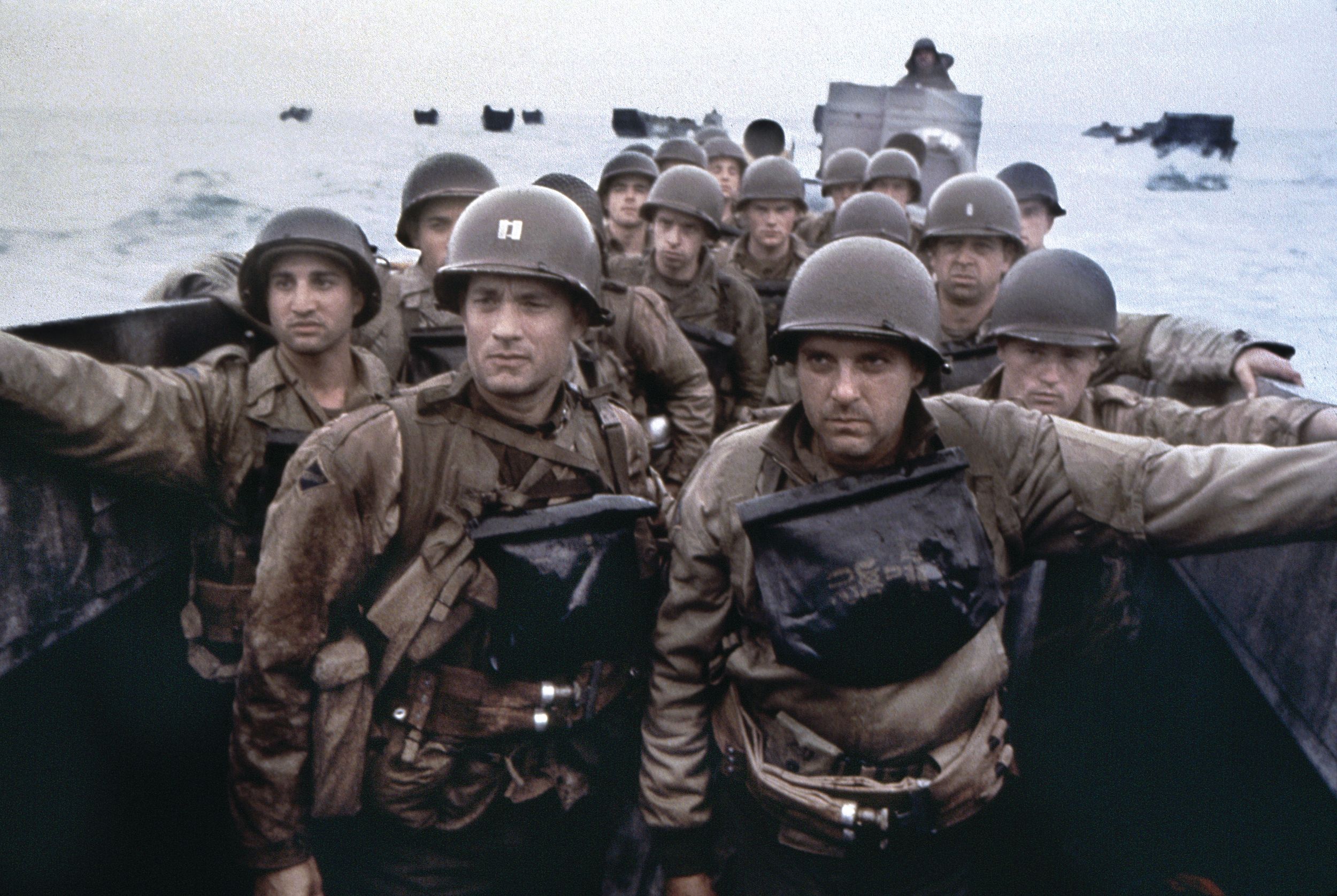
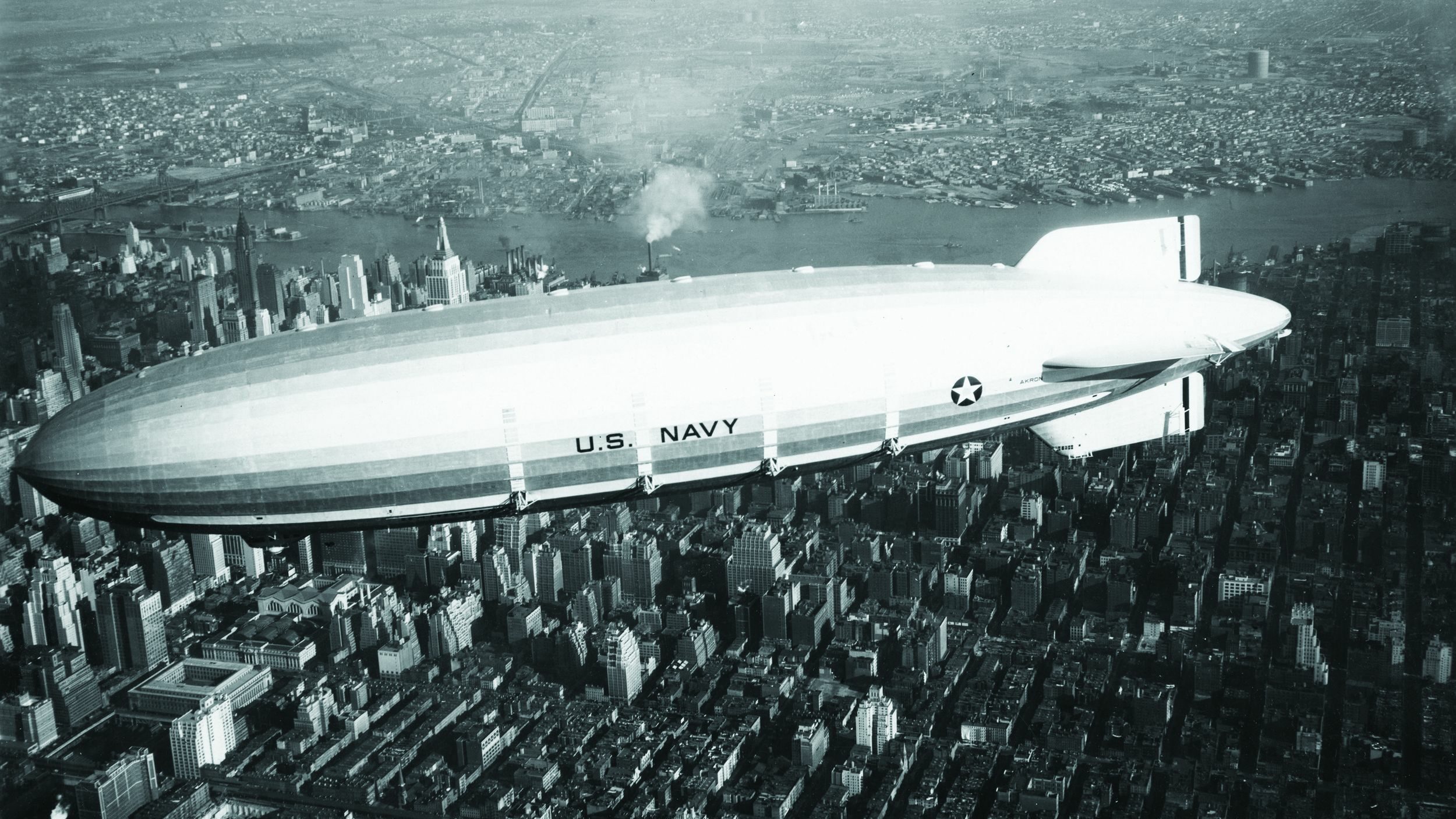
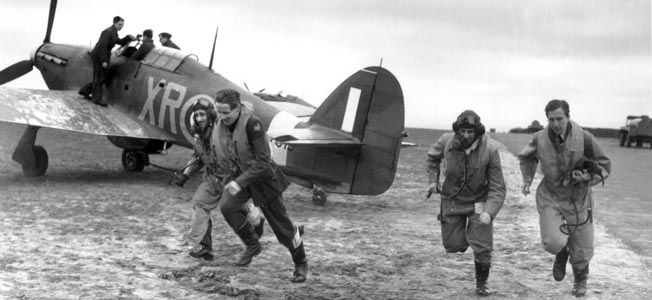
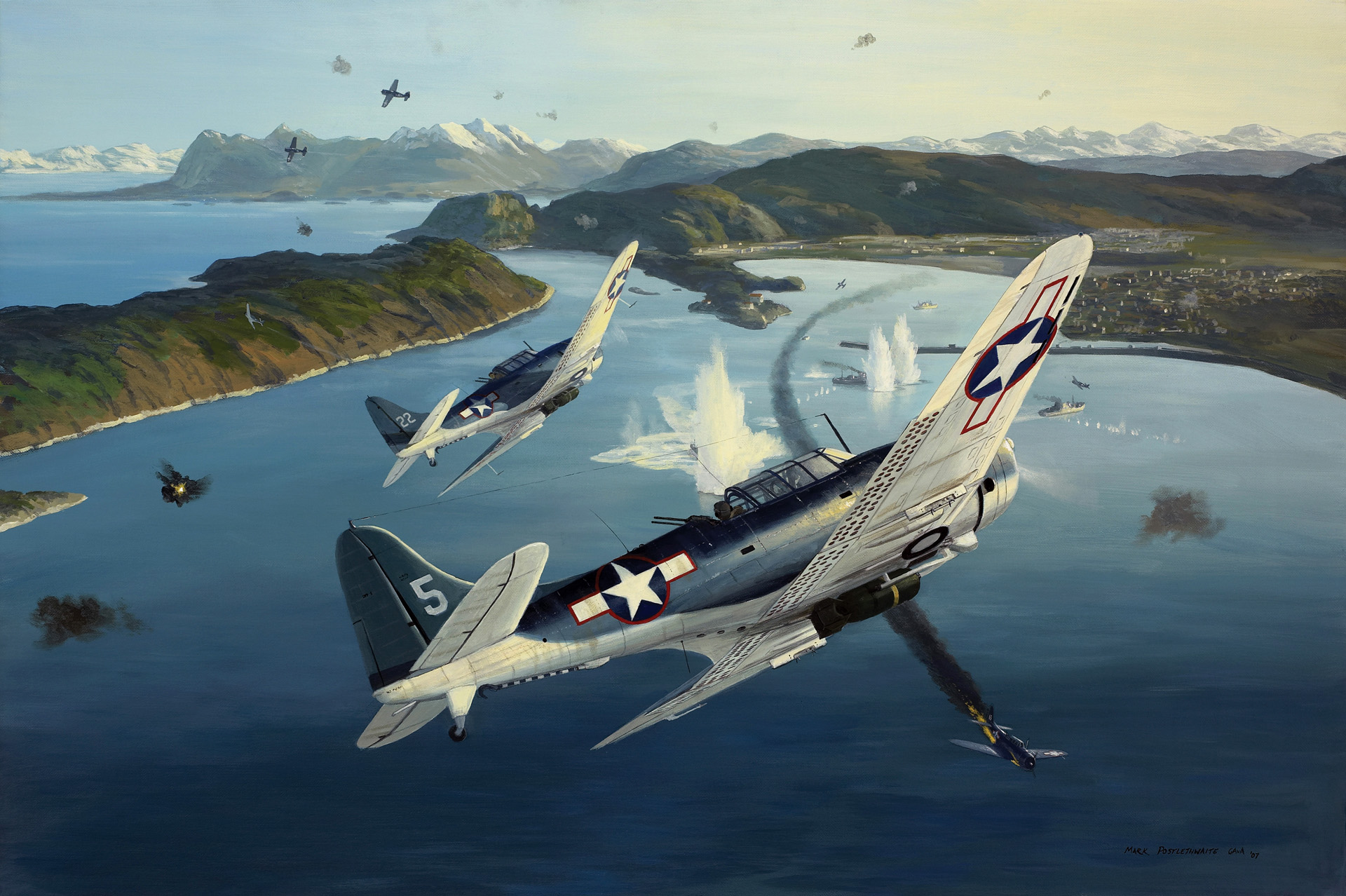
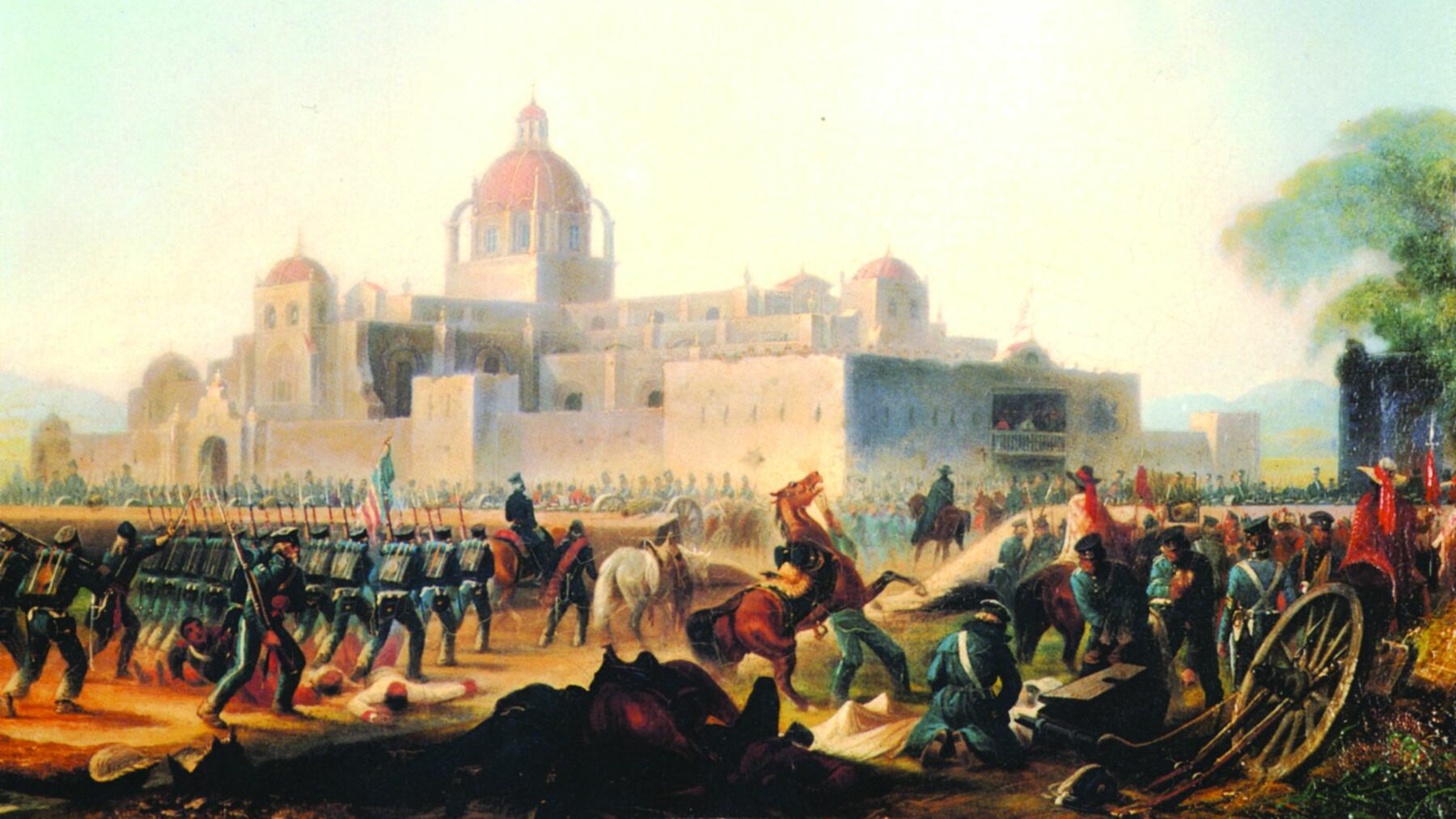
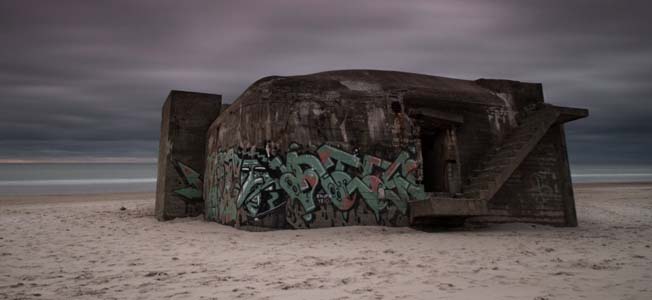
Join The Conversation
Comments
View All Comments